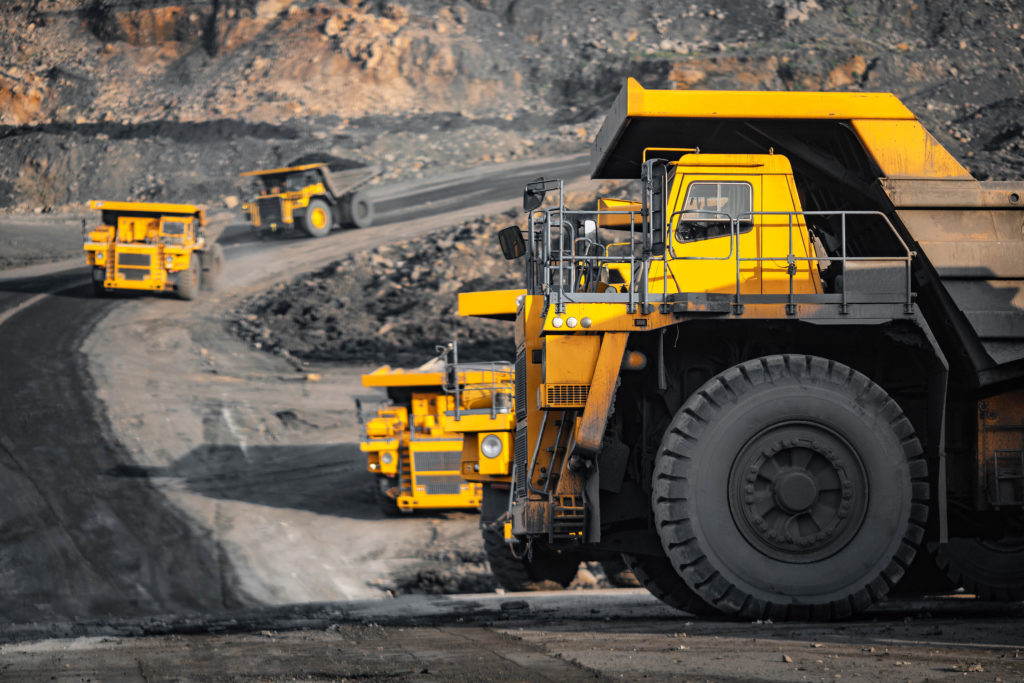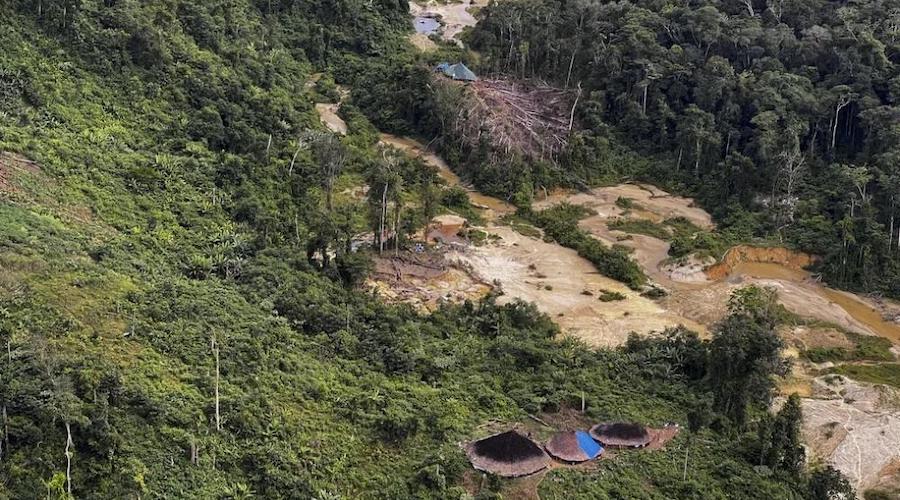Column: Buoyant coal industry seeks ways to stay in the long-term energy mix

There’s no doubt that the global coal industry has been a major beneficiary of Russia’s invasion of Ukraine and the subsequent energy crisis.
But now the industry is starting to think beyond the current short-term exuberance and work out ways they can remain in the global energy mix, rather than fade away and die in an increasingly carbon-constrained world.
Asia’s coal players gathered this week at the Indonesian resort island of Bali for the Coaltrans Asia conference, and the mood was far more upbeat than in past events in recent years.
That’s hardly surprising given that thermal coal prices have surged since Moscow’s Feb. 24 attack on Ukraine, with futures linked to the Australian benchmark Newcastle price hitting a record high of $457.80 a tonne in early September, having more than doubled over the past 12 months.
The Australian benchmark is for high-energy coal mainly used by Japan, South Korea, and utilities in Europe, but even lower-rank Australian and Indonesian coal has performed strongly amid a surge in demand as Europe seeks to end imports of coal, crude oil, and natural gas from Russia.
Representatives of coal miners in Indonesia and Australia, the world’s two largest exporters of thermal coal, were ebullient at the Coaltrans event but also cautions that the current windfall is unlikely to last beyond 2023 or 2024.
They were also cautious about the outlook for investment in new coal mines, especially in Australia given higher levels of environmental activism and a reluctance of banks and financial institutions to back more coal.
The discussion kept returning to the theme of how can coal exporters remain in the energy mix, especially as their main customers have committed to net-zero emissions, most of them by 2050.
Two main streams of thought were present, to boost the development and implementation of carbon capture and storage (CCS) solutions, and to increase the use of carbon offsets.
In theory, both of these solutions do offer some hope for coal miners, but then the main problem comes in. Who pays?
The coal mining industry has known for some time that it is widely viewed as the global bogeyman when it comes to carbon pollution, but it has yet to put any significant investment of its own money into CCS.
It rather seems that the coal industry hopes that governments or end-users such as utilities will fund the development of scalable CCS, but this is likely to be a forlorn hope.
If you leave the decision-making to governments or your customers you run the risk of getting decisions you don’t like.
Why would a utility invest heavily in CCS if it can implement cheaper alternatives to reduce carbon, such as renewables and battery storage, pumped hydro, or even importing hydrogen or ammonia from countries with an excess of renewable power, such as Australia is planning on becoming?
CCS is also widely dismissed by many environmentalists as unworkable and having largely failed where it has been trialed.
The more sensible in the coal and power sector realize that CCS won’t work everywhere, but there are some power plants where it may be viable, such as those close to a suitable underground reservoir where the carbon dioxide can be stored.
Carbon offsets
What potentially offers a more feasible solution is carbon offsets as these would in theory allow the entire coal chain from miners to utilities to say the impact of their emissions has been fully mitigated.
There are several challenges to be overcome for this scenario to work, and once again the main one is who pays.
But it will also be vitally important for the carbon offsets to have credibility and be viewed as genuinely taking carbon out of the atmosphere, rather than the more dubious practice of some offsets of avoided emissions, such as paying landowners to keep existing trees rather than log them.
Assuming the offsets are genuine and audited, then the main question becomes one of cost to fully offset all the emissions, known as Scope 1, 2, and 3.
Lisa Street, head of climate and carbon markets at OPIS, told the conference that the cost wasn’t as prohibitive as many would have feared, at least for now.
Using a voluntary carbon offset, such as the International Civil Aviation Organization’s Carbon Offsetting and Reduction Scheme for International Aviation (CORSIA) would result in a cost of between 6% and 16% for low-rank Indonesian thermal coal, Street said.
For higher energy Australian thermal coal the cost of the offsets is even less, given its current high price, coming in at just over 2%.
A coal miner seeking to stay in the seaborne market could buy the offsets and credibly claim that their coal was net-zero, which in turn may encourage utilities to keep buying and keep their coal-fired units operating.
It’s also possible that cost-sharing could be agreed upon, but the key to success for any miner looking to use offsets will be the first-mover advantage.
The seaborne thermal coal market is just under 1 billion tonnes per annum, and there simply is nowhere near enough credible offsets available to handle that volume, and nor is there likely to be in the foreseeable future.

Also, as coal miners, and other polluters, compete for offsets, the price will invariably rise, thereby adding to the cost.
For exporting coal miners, there is probably a narrow path to remaining in business for the long term. It’s up to them whether they see the cost as a price worth paying.
(The opinions expressed here are those of the author, Clyde Russell, a columnist for Reuters.)
(Editing by Stephen Coates)
{{ commodity.name }}
{{ post.title }}
{{ post.date }}

Comments